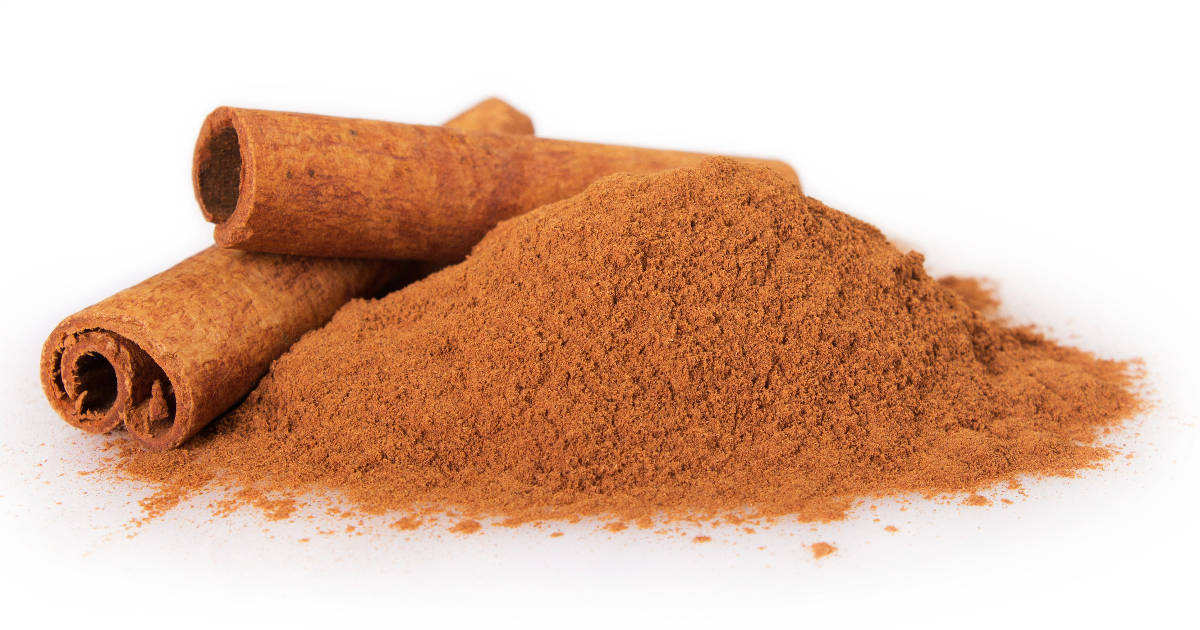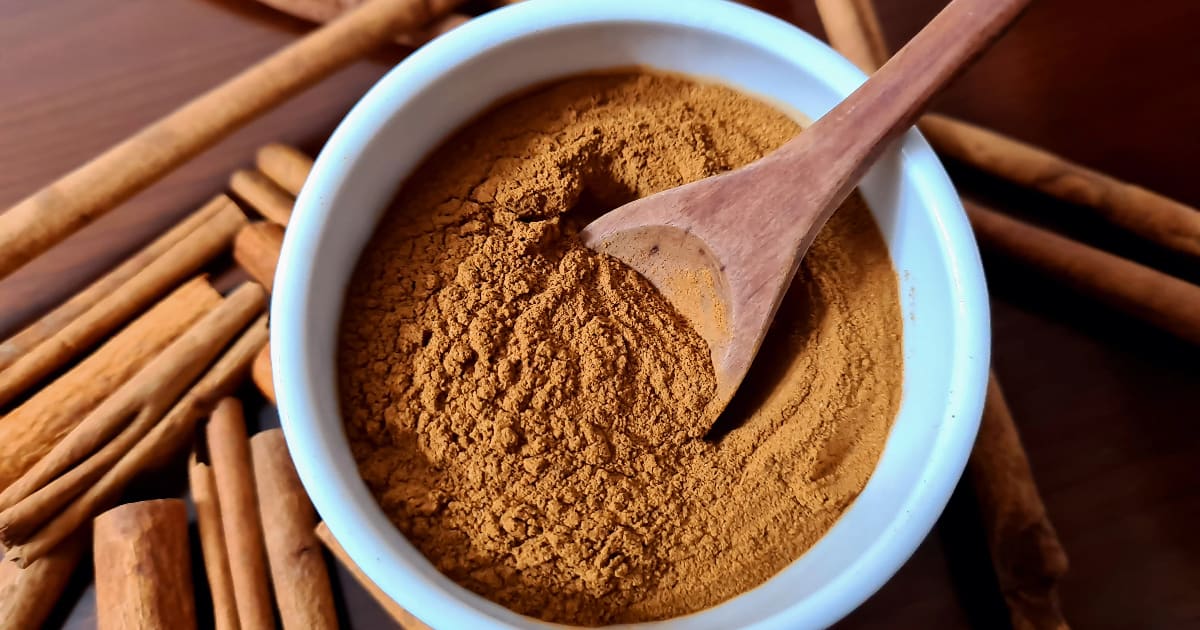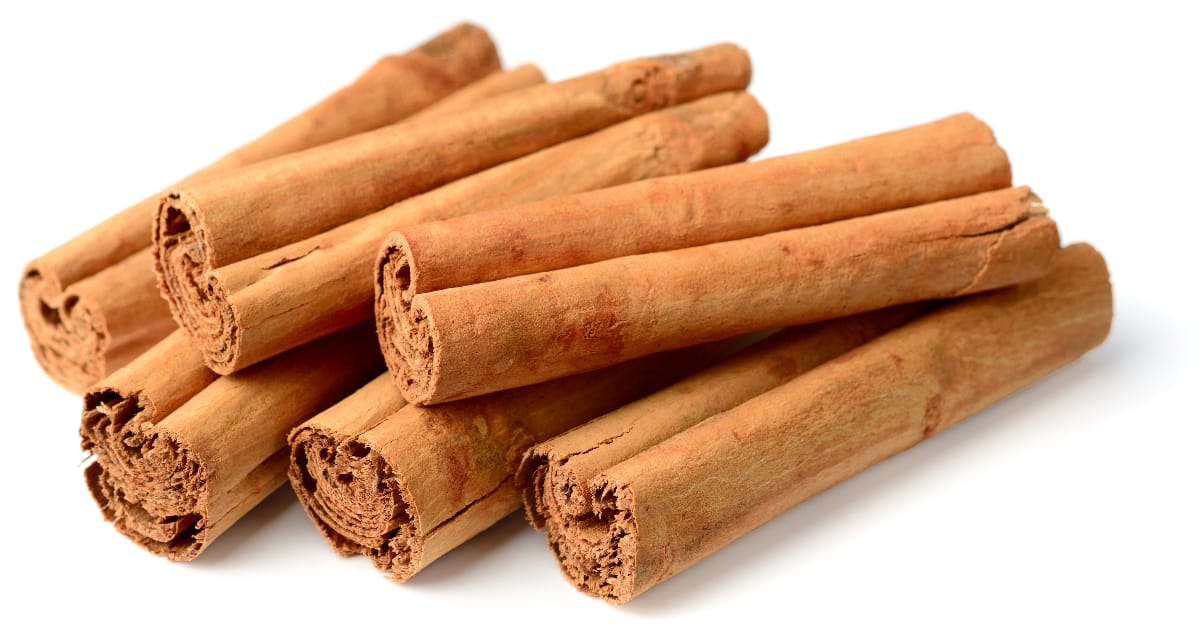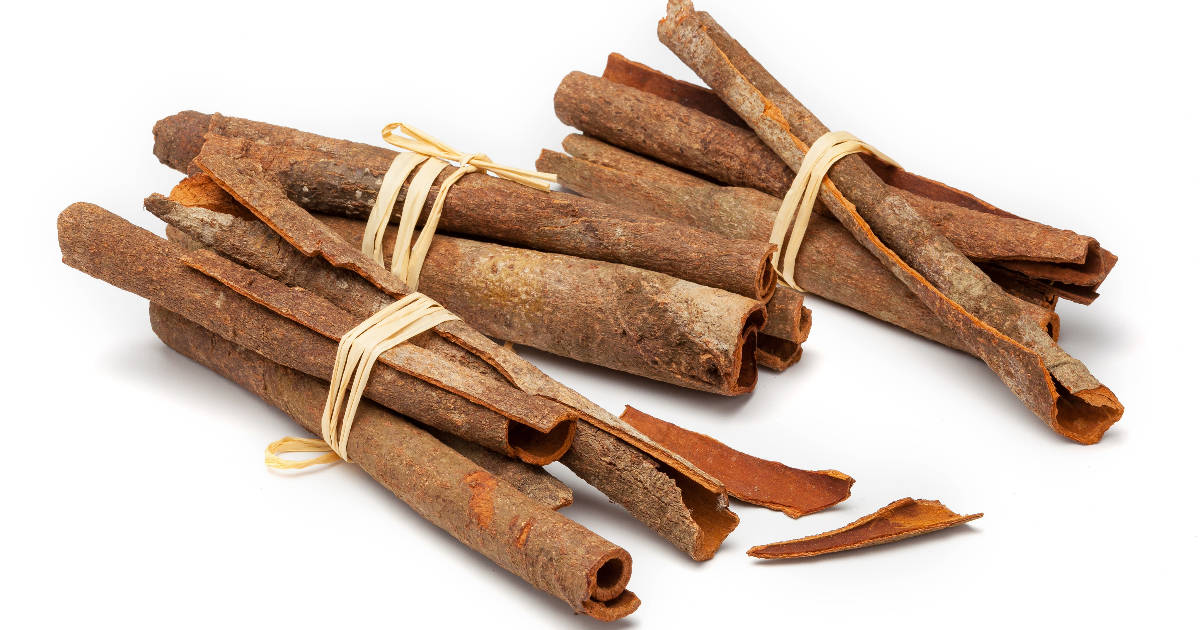Cinnamon is one of the most popular spices in the world. It adds warmth, sweetness, and complexity to both sweet and savory dishes. But did you know there are actually several different types of cinnamon powder? The type you use can significantly impact the flavor of your recipes.

Read on to learn everything you need to know about the major varieties of cinnamon powder, their flavor profiles, origins, and best uses in cooking and baking. We'll also provide tips on how to store cinnamon powder to retain maximum freshness and flavor.
An Introduction to Cinnamon Powder

Cinnamon comes from the inner bark of trees from the Cinnamomum genus. After harvesting and drying the bark, it curls up into the cinnamon sticks, also called quills, that you are probably familiar with. Cinnamon powder is simply these sticks finely ground into a powder.
The unique flavor and aroma of cinnamon come from its essential oils, particularly cinnamaldehyde. The amount of cinnamaldehyde and other aromatic compounds varies between cinnamon types, leading to differences in taste, quality, and price.
Cinnamon has been used for millennia by various cultures around the world. The Egyptians used it during embalming, while references to it can be found in the Old Testament. Today it is popular worldwide, especially in desserts and baked goods, but also to flavor some savory dishes.
The two most commercially significant types of cinnamon are Ceylon and Cassia. Let's look at each in more detail:
Ceylon Cinnamon Powder

Ceylon cinnamon comes from Sri Lanka and is produced from the inner bark of the Cinnamomum verum tree. It is sometimes referred to as "true cinnamon."
Ceylon cinnamon powder has a tan-brown color with a delicate, crumbly texture. The sticks have many thin, fragile layers and a highly complex flavor profile. It is subtly sweet, with citrusy and floral notes.
Since careful harvesting and production methods are required, Ceylon cinnamon is more expensive than other varieties. However, it is highly prized for its refined flavor and is considered by many to be superior quality.
Uses for Ceylon Cinnamon Powder
Ceylon cinnamon powder is excellent for gently enhancing delicate flavors in desserts like custards, ice creams, fruit desserts, and chocolates. It adds complexity without overpowering other ingredients.
It can also be used in savory Middle Eastern and Mexican cuisine, where its refined profile won't clash with bold spices.
Health Benefits
Ceylon cinnamon contains very low levels of coumarin, a naturally occurring compound that can cause liver damage in high doses. Consuming Ceylon cinnamon powder in moderation is considered safe.
It also provides antioxidants and may offer health benefits like reducing inflammation, controlling blood sugar, and protecting against heart disease. However, more research is needed to confirm the effects on humans.
Cassia Cinnamon Powder

Cassia cinnamon powder comes from several related Cinnamomum species native to China, Vietnam, Indonesia, and Burma. Within the Cassia category, popular varieties include:
- Chinese cinnamon - From the Cinnamomum cassia tree with a reddish-brown color and a strong, spicy flavor.
- Saigon cinnamon - From the Cinnamomum loureiroi tree in Vietnam. It has a very bold, peppery flavor.
- Korintje cinnamon - A sweeter, smoother cinnamon from Indonesia made from the Cinnamomum burmannii tree.
Cassia cinnamon sticks are much harder than Ceylon, with a dark brownish-red color. Cassia powder has a stronger, more biting flavor than Ceylon, with less complexity.
However, it is significantly cheaper than Ceylon powder. It makes up the majority of the cinnamon spice trade and is the type most commonly sold in supermarkets.
Uses for Cassia Cinnamon Powder
The bold flavor of cassia cinnamon stands up well to other strong ingredients. Use it in recipes like curries, chilis, spiced lattes, and snacks like cinnamon sugar nuts.
It is also excellent in baked goods that benefit from assertive cinnamon flavor like cinnamon rolls, coffee cakes, and spiced cookies.
Health Considerations
Cassia cinnamon contains much higher levels of coumarin than Ceylon varieties. Consuming very high doses may be toxic to the liver and kidneys. Moderation is key, with recommendations to limit cassia cinnamon powder to 0.5-1 teaspoon per day.
Cassia does provide antioxidants and may also have benefits like reducing blood sugar spikes. But the high coumarin levels mean Ceylon is a safer choice for health.
Cinnamon Sticks vs. Ground Cinnamon
You can buy cinnamon powder pre-ground or grind sticks yourself using a dedicated coffee/spice grinder. But is one better than the other?
Whole cinnamon sticks retain their essential oils and flavors much better than ground powder. The oils dissipate faster once ground up, causing the powder to lose potency over time.
So for the fullest cinnamon flavor, it's best to buy whole sticks and grind them yourself as needed. However, pre-ground cinnamon powder provides convenience.
To maximize freshness, buy small amounts of ground cinnamon and store it properly in an airtight container away from light and heat. Only grind up as much as you'll use within a few months.
How to Buy Cinnamon Powder
You can find both major cinnamon varieties in most supermarkets. However, the quality is often poor. cassia cinnamon dominates most supermarket spice shelves.
For the best-tasting, freshest cinnamon, visit specialty spice stores or buy online. This provides access to premium, freshly ground powders.
Ensure the cinnamon is labeled with the specific type - don't just rely on the generic term "cinnamon powder." This allows you to select the perfect variety for your recipe.
When buying pre-ground powder, choose small bottles and check the expiration date for freshness. Buying whole cinnamon sticks gives you the flexibility to grind small batches as needed.
How to Store Cinnamon Powder
Proper storage is crucial for preserving flavors and extending shelf life. Follow these tips:
- Keep cinnamon powder in an airtight glass container away from light, heat, and moisture. An opaque jar or tin is ideal.
- Store in a cool, dark cupboard if possible - not next to the stove or oven.
- Buy small quantities and use within 6 months for the best flavor. Cinnamon powder lasts 1-2 years stored properly.
- Smell and taste cinnamon occasionally - if it smells weak or tastes bland, it may be time to replace it.
- Whole cinnamon sticks stored in airtight containers can last 1-2 years. Break up sticks before use.
With proper storage, you can keep cinnamon fresh and flavorful for all your recipes. Never store it next to the stove or sprinkle it directly into steaming liquids. This causes the essential oils to dissipate.
FAQ
Does cinnamon go bad?
Yes, cinnamon does lose its potency and flavor over time. Properly stored powder lasts up to 2 years, while sticks can last 1-2 years before noticeable deterioration. Spoiled cinnamon will have weak aroma and bland taste.
Can you substitute ground cinnamon for sticks?
Yes, just use less ground cinnamon compared to the sticks. Start with about 1 teaspoon ground cinnamon for every 2-3 inch stick the recipe calls for. Taste and adjust if needed.
Is it safe to eat cinnamon every day?
In small amounts, absolutely. Up to 1 tsp cassia or 2 tsp Ceylon powder daily is considered safe for most people. Larger doses may interact with medications or cause side effects, so talk to your doctor.
What's the healthiest cinnamon?
Ceylon cinnamon is healthier since it's very low in the toxic compound coumarin. Cassia has much higher levels and is not recommended for regular high intake. Both provide antioxidants and can help control blood sugar.
Comparison Table
Comparison table of the major types of cinnamon powder:
| Type | Origin | Color | Texture | Flavor | Aroma | Coumarin Content | Price | Best Uses |
|---|---|---|---|---|---|---|---|---|
| Ceylon | Sri Lanka | Tan-brown | Delicate, crumbly | Subtly sweet, citrusy, floral | Refined | Very low | Expensive | Baking, desserts, some savory dishes |
| Cassia - Chinese | China | Reddish-brown | Hard | Sweet, spicy, strong | Pungent | High | Cheap | Savory dishes, bold baked goods |
| Cassia - Saigon | Vietnam | Dark red-brown | Hard | Very spicy, peppery | Strong | Very high | Moderate | Curries, spiced snacks |
| Cassia - Korintje | Indonesia | Light red-brown | Hard | Sweet, mild | Smoother | High | Cheap | Everyday baking like cakes, cookies |
Conclusion
Understanding the different types of cinnamon powder enables you to select the perfect variety for your baking and cooking needs. While cassia dominates, seeking out premium Ceylon powder provides an elegant flavor dimension.
By storing cinnamon properly and grinding your own sticks, you can maximize its lifespan and enjoy pronounced flavors.
Armed with this cinnamon knowledge, you can fully appreciate its aromas and flavors that have delighted people for thousands of years.

